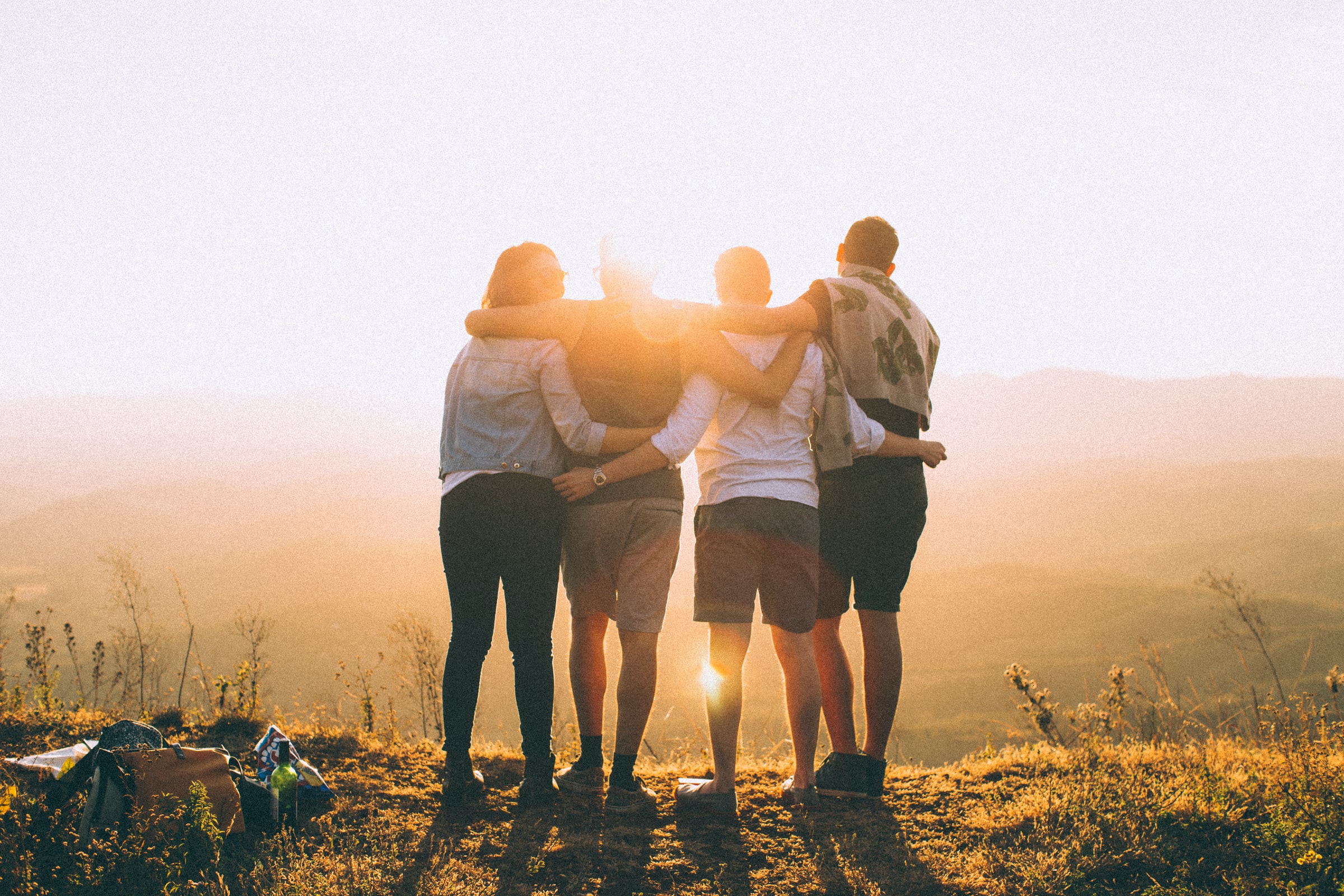Fifty environmental activities kids can do at home
As people in my hometown of Madison, Wisconsin, and across the United States brace for weeks of school closures and social distancing, I am searching for ways to make the most of this challenging period.
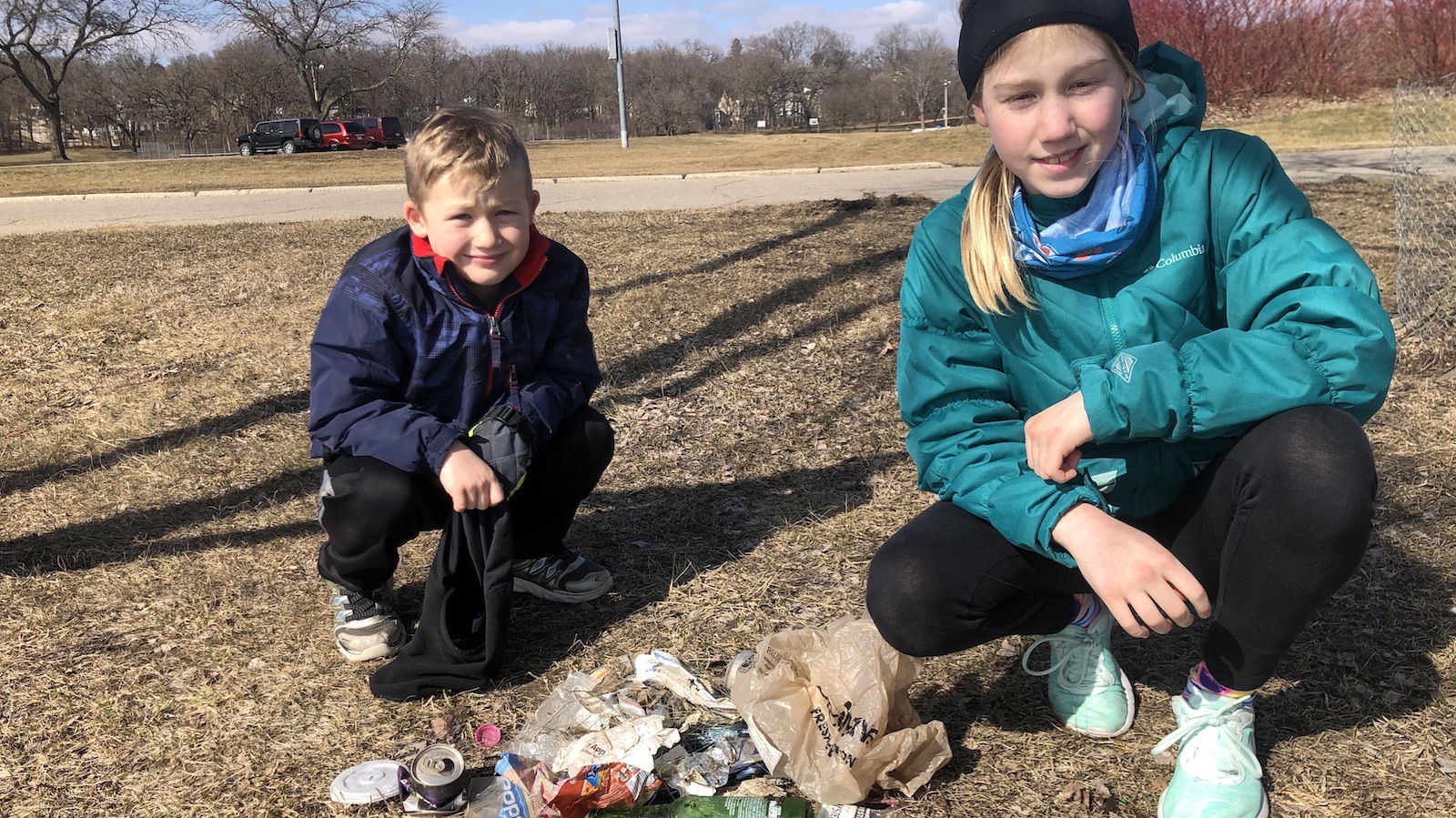
While our own health, essential needs and family care arrangements are top of mind, we are also staring down the inevitability of long stretches of boredom.
I’d love to help my kids fill this time by learning about the planet and how to protect it. So I asked my colleagues at Environment America to help me come up with a list of ideas.
Learn about solutions to climate change
- Become energy waste detectives by using our citizen’s guide to reducing energy waste.
- Make a challenge to keep unused lights off in your house.
- Make your own wind turbine and learn about the power of offshore wind.
- Make your own solar oven from a pizza box and find out how using solar power could make your community healthier and cleaner.
- Calculate your family’s carbon footprint.
- Make videos in support of moving our country to 100 percent renewable energy. Post the video and tag your elected officials on social media.
- Learn about the impact of transportation on our climate. Make a plan for how to incorporate more walking and biking into your family’s daily life — and more public transit once we get past “social distancing.”
Learn about ways to reduce waste
- Watch “The Story of Stuff,” clean out your junk and look for treasures.
- Measure your weekly trash output. Make a plan to reduce your family’s waste by 25 percent by the time school starts.
- Make a pledge to reduce your plastic use and create an online challenge with your friends.
- Reduce food waste by reorganizing your fridge.
- Make a compost bin for your kitchen.
- Make your own reusable bag from old t-shirts.
- Make your own produce bag for fruits and vegetables.
- Make reusable food wraps from beeswax.
- Try to repair something — whether a toy, gadget or a picture frame, there are instructions to fix anything on YouTube. Discuss how repair cuts waste while you fix your item.
- Make art out of your trash and then have an art show at home.
- Make crafts out of plastic bottles.
- Upcycle polystyrene foam with these craft ideas.
- Write a letter to your member of Congress to support the Break Free from Plastic Act of 2020 to reduce single-use plastic and packaging nationally.
Learn about plants
- Learn about the earth, trees and plants.
- Learn about the rainforest and then make a terrarium.
- Make leaf rubbings on paper.
- Create a self-portrait out of leaves, sticks and other foraged materials.
- Learn how to plant a garden outdoors. If you are in Colorado, you can get your own bee-friendly garden kit from Environment Colorado.
- Or start an indoor container garden.
- Make plantable seed paper from old paper scraps.
- Make seed bombs to help bees and other pollinators.
- Play a game about where your food comes from.
Learn about waterways, parks and conservation
- Research waterways in your community and make a map of local rivers, lakes and streams.
- Learn about water pollution through these activities.
- Take a virtual tour of our parks, such as Yellowstone National Park!
- Take a virtual dive in the Florida Keys or one of our other marine sanctuaries.
- Learn about glaciers and write a story or draw a picture about them.
- Learn about healthy soils.
- Take action to support the Land and Water Conservation Fund, which is the nation’s most successful federal land conservation and recreation program. (You can send the email or use it as a template for a letter to Congress.)
Learn about and protect birds, bees and other wildlife
- Learn about how animals camouflage themselves. Play hide and seek inside based on what you learn!
- Learn about birding.
- Make a bird feeder out of an apple, peanut butter and birdseed.
- Turn a milk or juice carton into a bird feeder.
- Build an insect hotel.
- Read the book “Myrtle the Turtle” and discuss the impacts of plastic waste on our planet.
- Make a mason bee home.
- Make up a song about protecting animals in your hometown from pollution.
- Draw pictures of your favorite animals that need greater protections, such as bees, sea turtles and orcas. Post the pictures to social media and tag your elected officials.
Create a healthier home and community
- Create an environmental scavenger hunt. Adapt it to your own home or backyard.
- Write a letter to your school district asking them to adopt electric school buses.
- Go for a hike and teach your children about park trail stewardship.
- Download the “Wow in the World” kids podcast and discuss the topics after each episode.
- Organize a family litter patrol. Get gloves and/or pick-up tools and pick up trash if you go on walks at a nearby park.
If you document all the environmental activities you’re doing at home, be sure to tag Environment America on social media!
Facebook: Environment America | Twitter: @EnvAm | Instagram: enviroam
Topics
Authors
Megan Severson
Find Out More
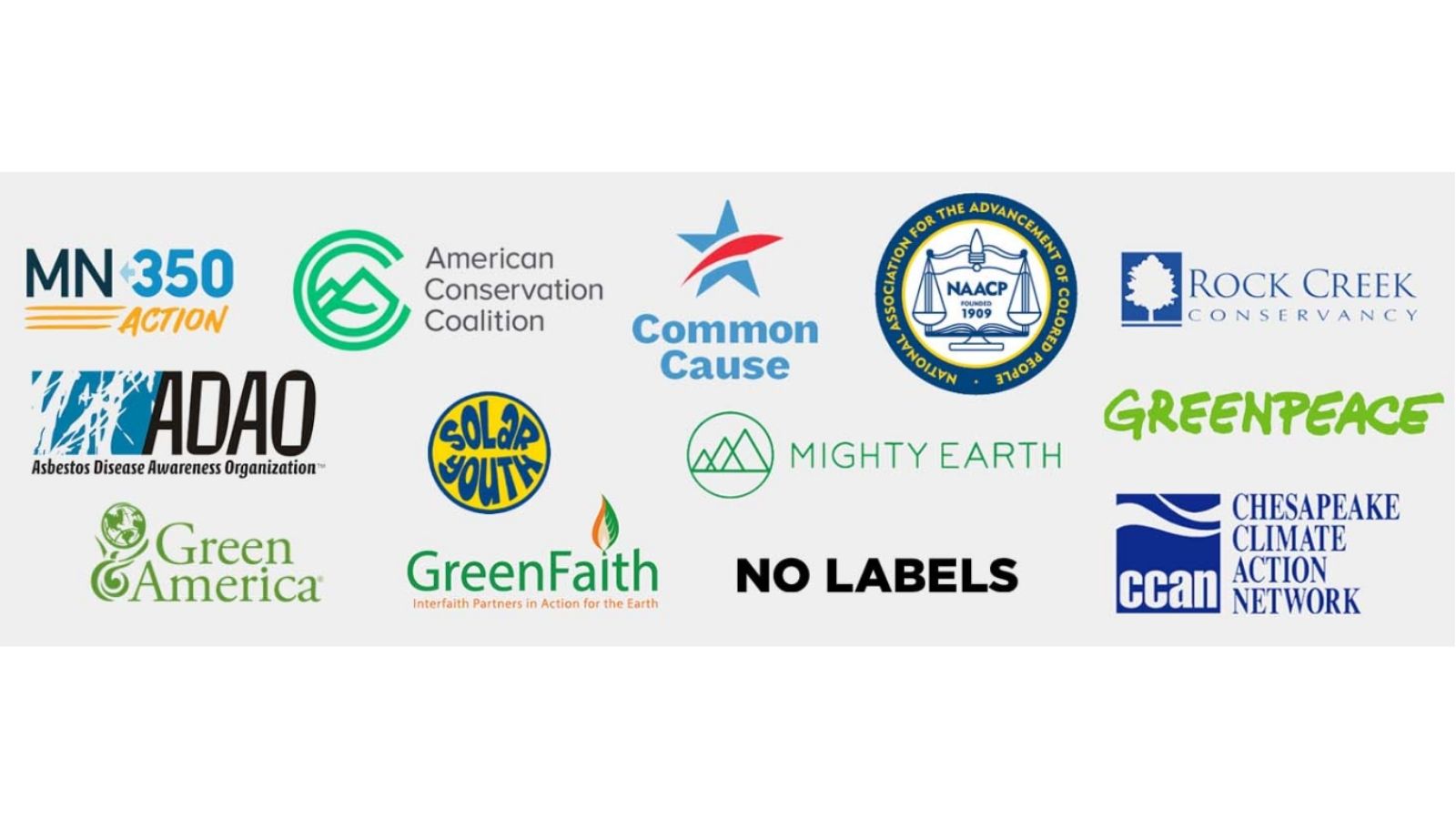
News about our Foundation
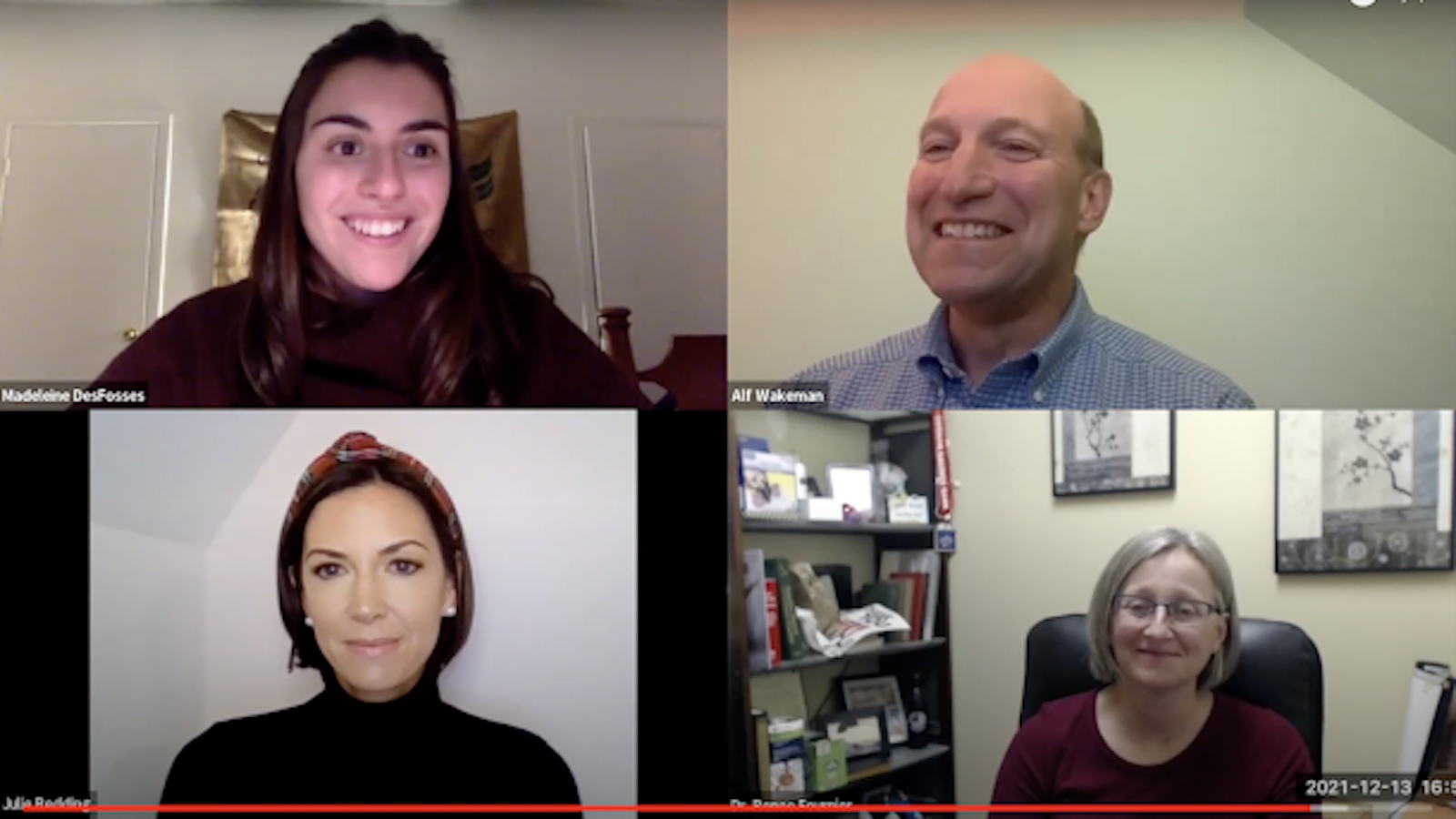
PIRG, health professionals combat COVID-19 misinformation
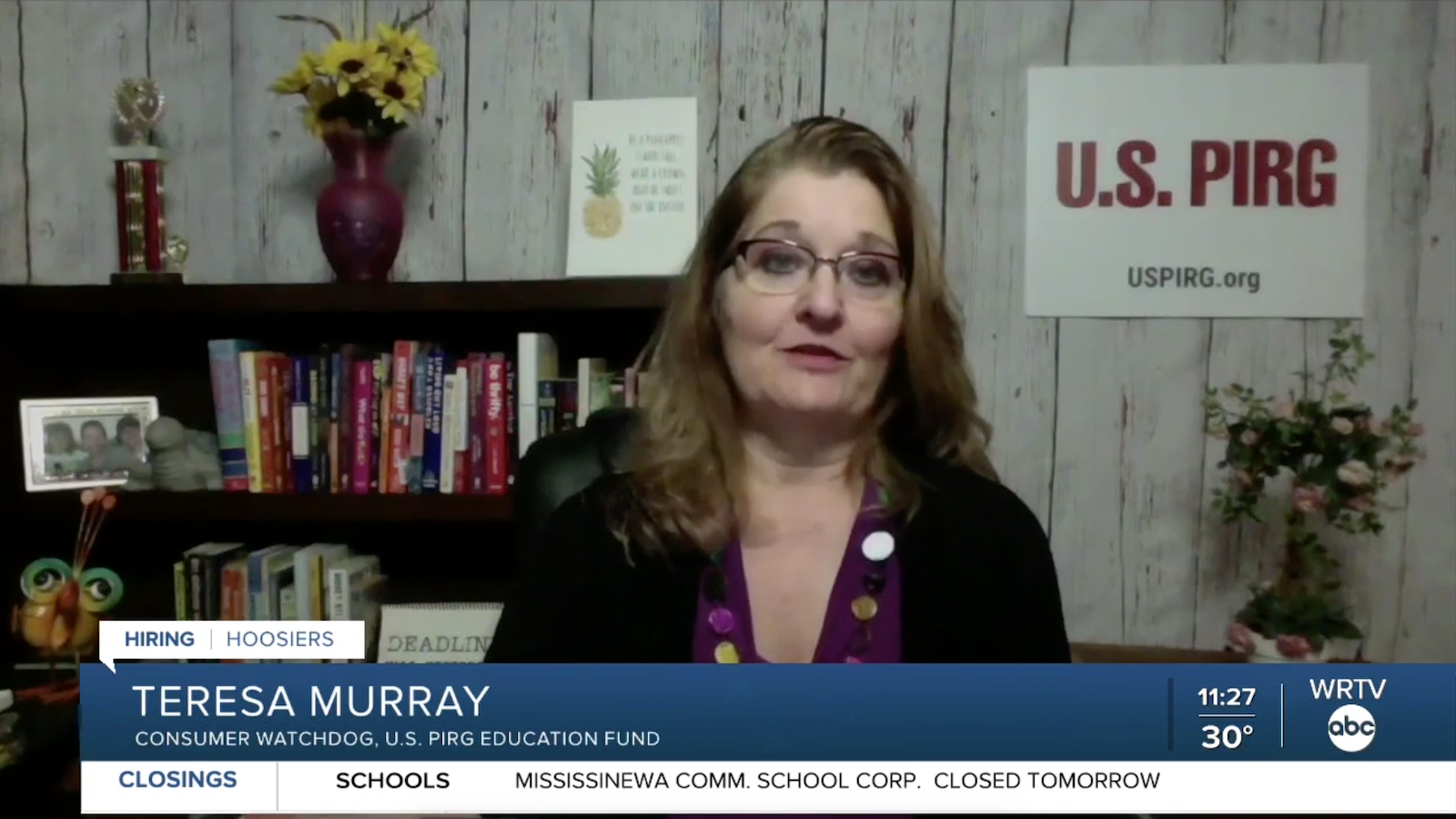
Federal vaccine mandate for nursing homes will save lives
